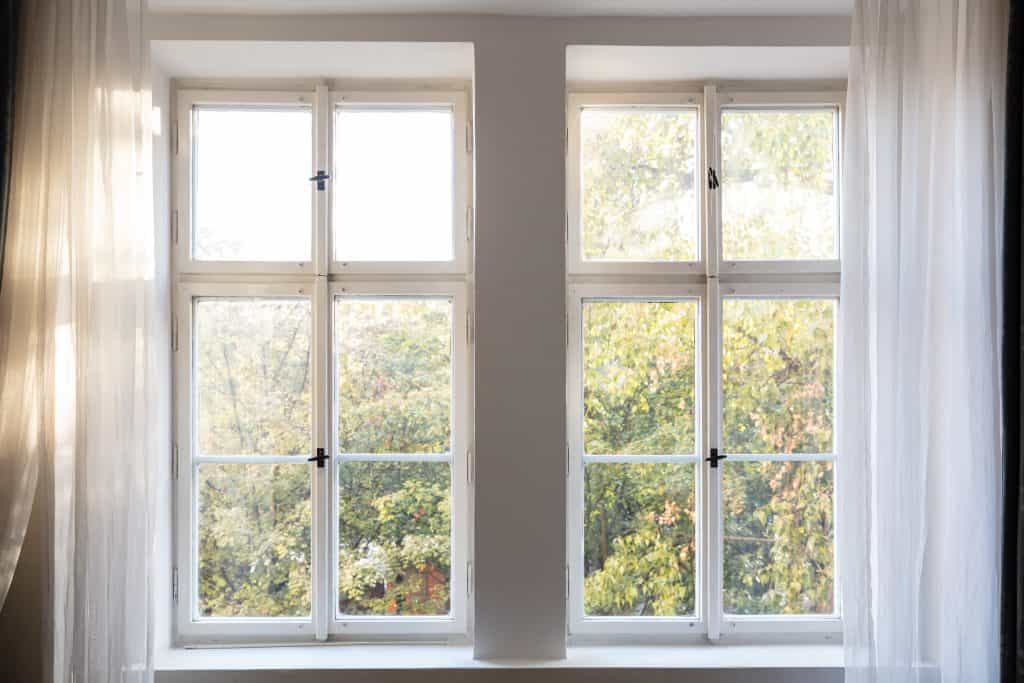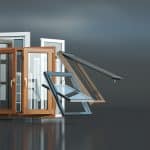Do Energy-Efficient Windows Really Save You Money?

Investing in energy-efficient windows is not simply a trend or passing fad; many homeowners today are concerned with saving as much energy in the home as possible, to lower their utility costs and create a comfortable interior environment. Solar roof panels, tankless hot water heaters, energy-efficient appliances, and thermal windows are becoming increasingly popular, but a homeowner might wonder if such features actually save them money.
 An energy audit of your home is often the best option for evaluating your home’s insulation and the efficiency of your major appliances, and your local utility companies can often arrange such an audit for you. However, note some vital information about new thermal windows and other energy-saving features in the home so that you can make the best decision for your house and your utilities budget!
An energy audit of your home is often the best option for evaluating your home’s insulation and the efficiency of your major appliances, and your local utility companies can often arrange such an audit for you. However, note some vital information about new thermal windows and other energy-saving features in the home so that you can make the best decision for your house and your utilities budget!
What Are Thermal Windows?
Simply put, thermal windows are windows that have energy-efficient properties. These windows are often made of multiple panes versus a single pane, or they are manufactured with specialty glass designed to offer more insulating features than standard window glass.
Double-glazed and triple-glazed windows are made with two or three panes of glass, attached with a layer of argon gas between them. Argon gas offers excellent insulating properties, keeping heat or cold out of the home while not allowing your own heating and cooling to escape from inside the home!
Low-E glass is covered with a thin coating that transmits light but blocks heat. Low-E glass is an excellent option for homes in tropical environments as it allows lots of light into a home but not uncomfortable heat.
Energy-efficient windows often have frames made with dense and durable materials that don’t conduct heat or cold, also improving their overall insulating materials. Vinyl and PVC are popular choices for frames, adding to the energy efficiency of those windows.
How Much Do Energy Efficiency Windows Save?
The U.S. Department of Energy estimates that most homeowners save an average of $126 to $465 per year by choosing thermal or energy savings windows. While this may not seem like much savings, note that upgraded windows also help to create a more comfortable interior environment. When windows are old and outdated and allow drafts into the home, or don’t block outside heat and humidity, your home’s interior might always feel chilly or hot and stuffy no matter how often you cycle on the furnace or air conditioner.
New windows also improve a home’s overall curb appeal, potentially even increasing your property values. Scratched, nicked, chipped, or otherwise damaged windows often look yellowed and streaky. Upgraded windows look clean and streak-free from both inside and outside the home!
Choosing new windows also allows you to opt for an updated window style that also improves the home’s appearance. Standard single-hung windows can appear outdated and not allow for much sunlight into the home, whereas new casement windows, beautiful picture windows, or oversized bay windows add instant charm to any home.
also allows you to opt for an updated window style that also improves the home’s appearance. Standard single-hung windows can appear outdated and not allow for much sunlight into the home, whereas new casement windows, beautiful picture windows, or oversized bay windows add instant charm to any home.
Why Do Older Windows Get Drafty?
In addition to considering the benefits of upgraded, thermal residential windows, it’s also good to note the disadvantages of keeping old windows in your home! First note that window glass tends to become thin and brittle over time. This thin glass does a poor job of keeping heat and cold outside the home!
A house will also shift and settle on its foundation so that its framework is no longer perfectly level and even. In turn, window frames pull away from the structure itself, leading to cracks and leaks that allow in cold drafts in wintertime and overly hot, humid air in summertime!
New double-glazed or triple-glazed windows are without outside nicks, scratches, and other damage, and are strong and thick against exterior temperatures. New thermal windows also typically install with their own frames, closing up those leaks and cutting off resultant, bothersome drafts.
5 Tips for Keeping Your Home Energy-Efficient
Selecting new thermal windows for a home is an excellent means of adding to your overall comfort inside your home and for lowering your utility bills. However, new windows are not your only option for increasing energy efficiency in your home and saving money on your heating and cooling costs. Note five tips for creating a more energy-efficient home environment:
• Add window attachments designed for energy efficiency in particular. For example, solar shades are thin enough to allow sunlight into the home while still blocking uncomfortable outside heat. The thermal window experts at EnerPro Window Replacement of Denver note that these window attachments even reduce glare on computer and television screens while blocking unwanted heat!
• Poorly-fitting doors allow drafts into the home while also letting out your heating and air conditioning. A carpenter can note if your home’s entryway doors are uneven with gaps around its frame and can usually tighten or otherwise rehang the doors to seal up those gaps. Draft guards at the bottom of entryway doors also block lots of outside heat and cold.
• Weatherstripping is an easy and affordable means of blocking drafts around movable parts in the home, including doors and windows. A line of weatherstripping over a window sash and around a doorframe will close up gaps and reduce drafts and the loss of heating and cooling in the home.
• Water heaters cycle on when the water in the tank reaches a certain temperature. If your home’s water heater is in the basement or a chilly utility room, consider installing an insulating blanket around the tank. This will keep the water warmer and reduce the number of times the heater cycles on.
• Ensure that your home’s attic or crawlspace is properly insulated and the roof vents are in good condition and never obstructed. As heat rises in summertime, it tends to get caught in homes with poor insulation and low-quality vents, creating a hot and stuffy home interior. High-quality insulation in the attic or crawlspace also keeps out wintertime cold, especially vital in snowy areas when a home’s roof is often covered with cold snow and ice!
Consider all these tips when you’re in the market for energy-efficient windows. By adding weatherstripping and checking your home’s insulation, along with choosing upgraded windows, you’re sure to see a reduction in your utility costs and enjoy a more comfortable home environment as well!
